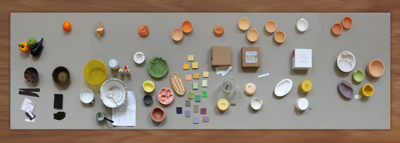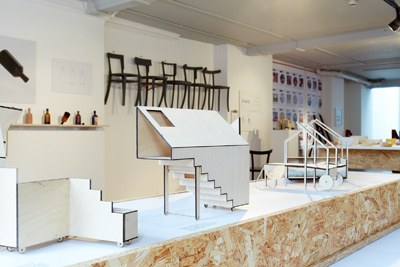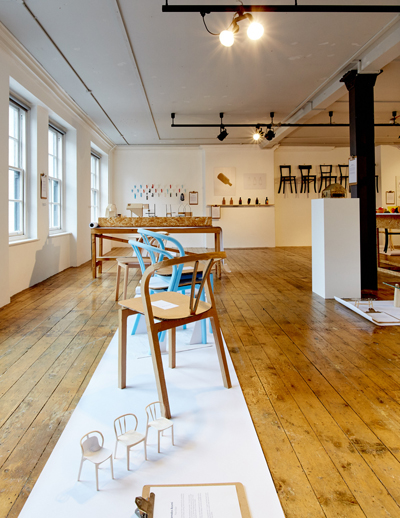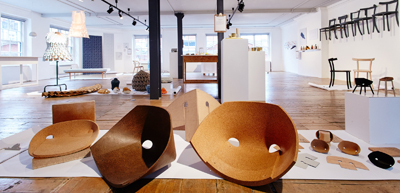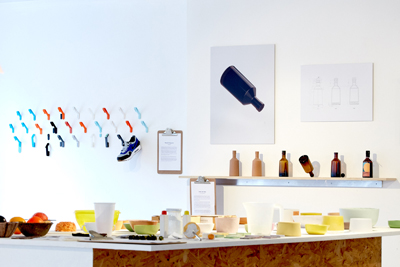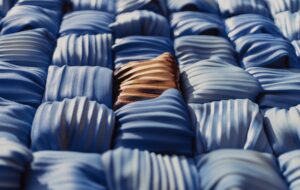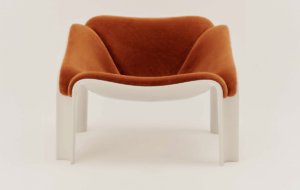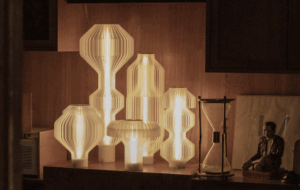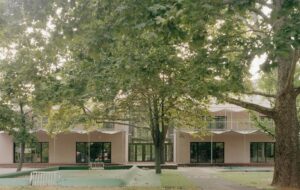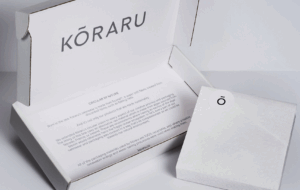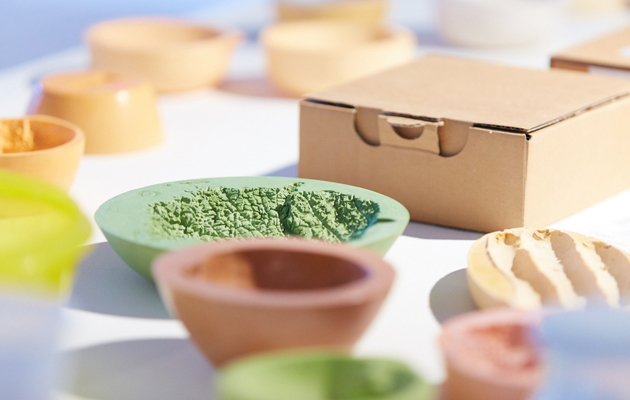
|
The strongest exhibits in this show at the Aram Gallery reveal the missteps and changes in direction that are so central to the design process, says Peter Smisek The eighth edition of the Prototypes and Experiments exhibition at the Aram Gallery once again showcases a colourful collection of designs in an effort to shed light on the creative processes that led to them. The scope of the exhibition is broad, and rightly so. “We aimed for as wide a selection of disciplines as possible, including exhibition design, architecture, fashion, textiles, and product and furniture design,” says curator Riya Patel. “We wanted to contrast all these different working styles and approaches within the one show.” The exhibition certainly does encourage exploration: the objects’ narratives are self-contained, and the designers and architects often had to work with limited display space. This becomes particularly apparent with the larger-scale, architectural work, such as Studio Weave’s Weston Super Mare Tourist Information Centre or even Carl Turner Architects’ Home from Home installation. Models and sketches can of course do much to elucidate the design process, but it is when they cannot be displayed next to full-size prototypes and even finished products that the physical absence of the latter is missed.
Mischer’Traxler’s Reversed Volumes display demonstrates the true breadth of the design process and the sometimes seemingly fruitless nature of experimentation
Unfortunately, but for obvious reasons, architectural projects, such as Carl Turner’s Home from Home, cannot display the finished, full-scale products in the allotted space.
Tomoko Azumi’s Flow Chair for Ercol, which was launched at London Design Festival earlier this year, is one of the many designs visitors can experience first hand – in this case, by sitting on the final product (please not on the cardboard or blue foam models) Indeed, the strongest exhibits of the show are those that combine the finished products the audience can touch with a selection of prototypes and models that illustrate the design process. Tomoko Azumi’s Flow Chair for Ercol, launched at the London Design Festival in autumn, is presented in a tightly curated display together with blue foam and cardboard models, and eventually a finished seat. In contrast, Carlos Ortega’s display, Corkigami, despite its thorough explanation of the design and manufacturing process, does not include a folder cork chair for the visitor to sit in. The “best in show”, if there were such an award, should probably go to Mischer’Traxler’s Reversed Volume bowls. Here, the designers were unafraid to show their initial misstep of trying to manufacture the bowls from organic material, and their subsequent experiments with casting the space between an array of vegetables and bowls in different materials, not all of which actually made the cut. Of course, one should not naïvely assume that the designers bared all, but the admission of awkward in-between stages and wholly scrapped explorations makes this the most frank and appealing display in this edition of Prototypes and Experiments.
Despite a thoughtful and thorough display, Carlos Ortega’s Corkigami does not include a final version of the chair for the visitors to try
PostlerFerguson’s Staeckler shoe hook demonstrates an effortless, gradual evolution through its prototypes Prototypes and Experiments VIII runs at the Aram Gallery in London until 16 January 2016 |
Words Peter Smisek
Above: Part of Mischer’Traxler’s Reversed Volumes |
|
|

